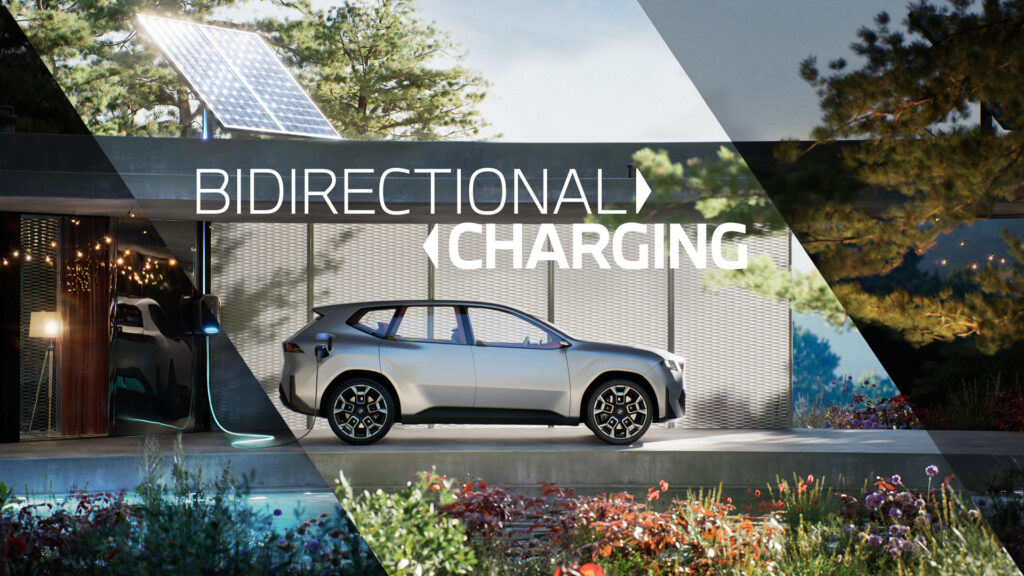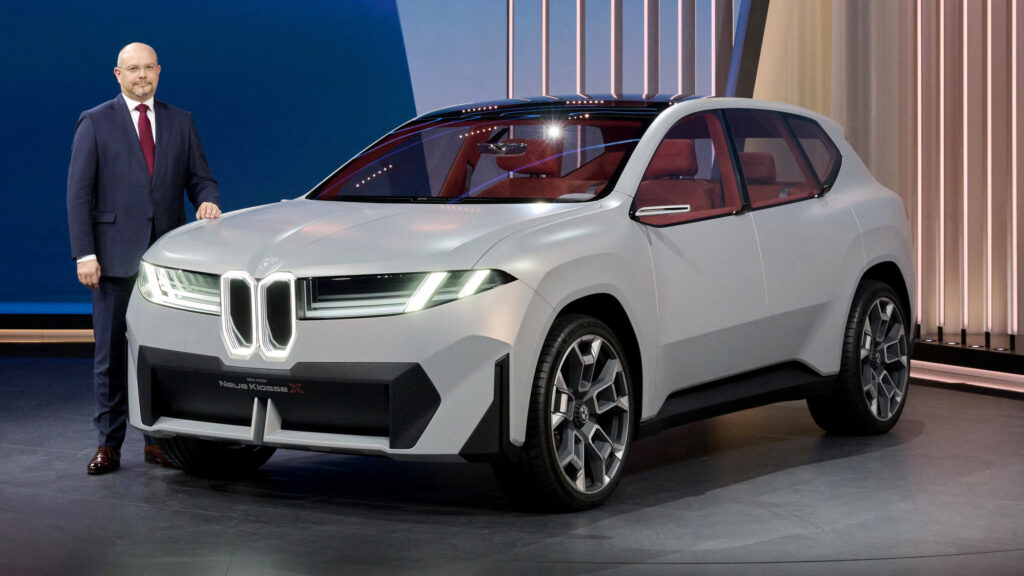After last year’s well-received Neue Klasse sedan, BMW continued today its concept series with the introduction of the Neue Klasse X. This thinly disguised teaser hints at the next-gen iX3 electric crossover, slated for release in late 2025. Beyond showcasing the aesthetics of BMW’s upcoming electric cars, it also offers a glimpse into the array of technologies accompanying them, including the ability to use the cars as batteries.
The next generation of the automaker’s cars under the Neue Klasse concept will feature bidirectional charging capabilities. This means they can both charge the vehicle and serve as a power source for other devices. BMW categorizes this technology into three segments: vehicle to home, vehicle to grid, and vehicle to load.
“With the Neue Klasse, we are introducing bidirectional charging, which we have already tested extensively,” said BMW CEO Oliver Zipse. “Our customers can feed electrical energy stored in the vehicle back into their own house, electrical devices like your e-bike or the public power grid. This lowers electricity costs and helps stabilize networks.”
Read: BMW Neue Klasse X Previews 2025 iX3 That’ll Make Grilles Great Again
Vehicle to home charging will allow an EV owner to power their home with their vehicle. However, that will require the purchase of a BMW DC Wallbox Professional. This system will be ideal for consumers who own solar panels, for example. By connecting their vehicle to the home, it can be used to store energy generated throughout the day, and to feed it back into the house at night, lowering their overall power bill.

Vehicle to load technology is also fairly simple. It works in much the same way as vehicle to home, but on a smaller scale. The technology simply means that EV owners can plug electrical appliances into their vehicle to power them. This is useful on a campsite, when power tools are required, and in many other circumstances.
Finally, vehicle to grid technology will allow BMW owners to feed electricity back into their local power grid. This technology will take longer to implement, and will require the participation of regulatory bodies. However, when implemented, it could have the greatest benefits for society.
Like vehicle to home technology, EVs could be used as a battery to store renewable electricity, which tends to be generated during the day, whether it comes from solar or wind farms. At night, owners could be paid for feeding some of that electricity back into the grid, helping to power neighboring homes and stabilize the network, while reducing operating costs for owners.
BMW is working with E.ON to implement its bidirectional charging system. In the U.S., it has formed a joint venture with Ford and Honda called ChargeScape to help facilitate vehicle to grid charging.














